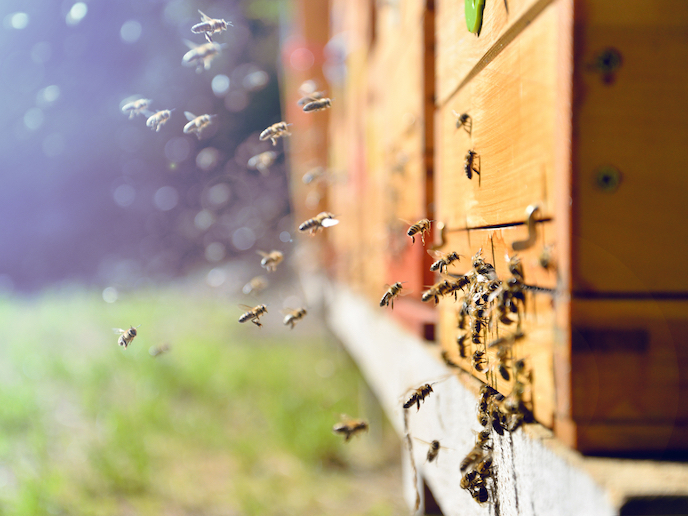Connecting farmers and apiculturists to the Internet of Bees
The EU beekeeping industry supports 600 000 beekeepers, who collectively manage some 16 million hives(opens in new window). Honeybees play a crucial role in our agricultural system, pollinating around a third of crops that end up on our dinner tables(opens in new window). Commercial beekeeping requires the frequent moving of hives from farm to farm, which can result in the loss of colonies. The EU-funded Pollenity(opens in new window) project developed a smart beehive system that allows beekeepers to more closely monitor their hives and receive advance warning of threats that can harm these colonies.
Listening in
“The bee mortality rate in highly industrialised regions has been rising for the last 20 years, and is quite devastating,” notes project coordinator Sergey Petrov. “We want to arm beekeepers with data about the health and productivity of bee colonies, collected by Internet of Things(opens in new window) sensor devices.” Pollenity offers two main products. The first is the hiveBase, an electronic scale which transmits readings wirelessly, letting beekeepers know how much honey the hive has produced. The second is Beebot. “This is proprietary tech we developed from scratch - a small computer that collects data on temperature, humidity and movement, and analyses vibrations from bee buzzing,” explains Petrov. Bees communicate with each other using these vibrations, so the buzzing of bees is associated with particular events in the hive. “Beebot records those vibrations and, using a formula called Fourier transform(opens in new window), analyses this directly,” adds Petrov. “This shrinks the size of the file so that the data then transmitted is not so heavy.”
Missing bees
The data lets beekeepers understand what is going on inside the hive without opening it, which disturbs the bees. The Beebot can forewarn about events such as swarming, where the colony abandons the hive to look for a new place to live. “We are able to pick up on this event 5 days prior to physical clues,” says Petrov. The Beebot can also warn beekeepers if a hive is being raided by wasps or hornets, offering an opportunity to defend it, while also alerting beekeepers if the queen goes missing. To present this data, Pollenity offers a user interface called BBoard, which also collects relevant data from third-party sources, such as those that issue weather warnings. The project was supported through the EU’s Horizon 2020 programme(opens in new window). “This allowed us to pinpoint the best geographical markets to serve,” he notes. “We identified customers most likely to jump on board, not necessarily the largest customer base.”
Living sensors
The company has now grown into a separate venture, as a commercial partner in the EU-funded www.hiveopolis.eu (Hiveopolis). This project aspires to turn bees into environmental detectives using a counter that can track bees leaving and returning to the hive. “We want beekeepers and farmers to be able to track what is entering a beehive, whether a bee, a bee bringing pollen, a bee bringing nectar, a drone, a queen, a hornet or a wasp,” says Petrov. “Being able to do that helps a number of interested stakeholders – beekeepers, farmers, citizens. Anyone who wants to understand how polluted an area is could use a beehive as a sensor.”







